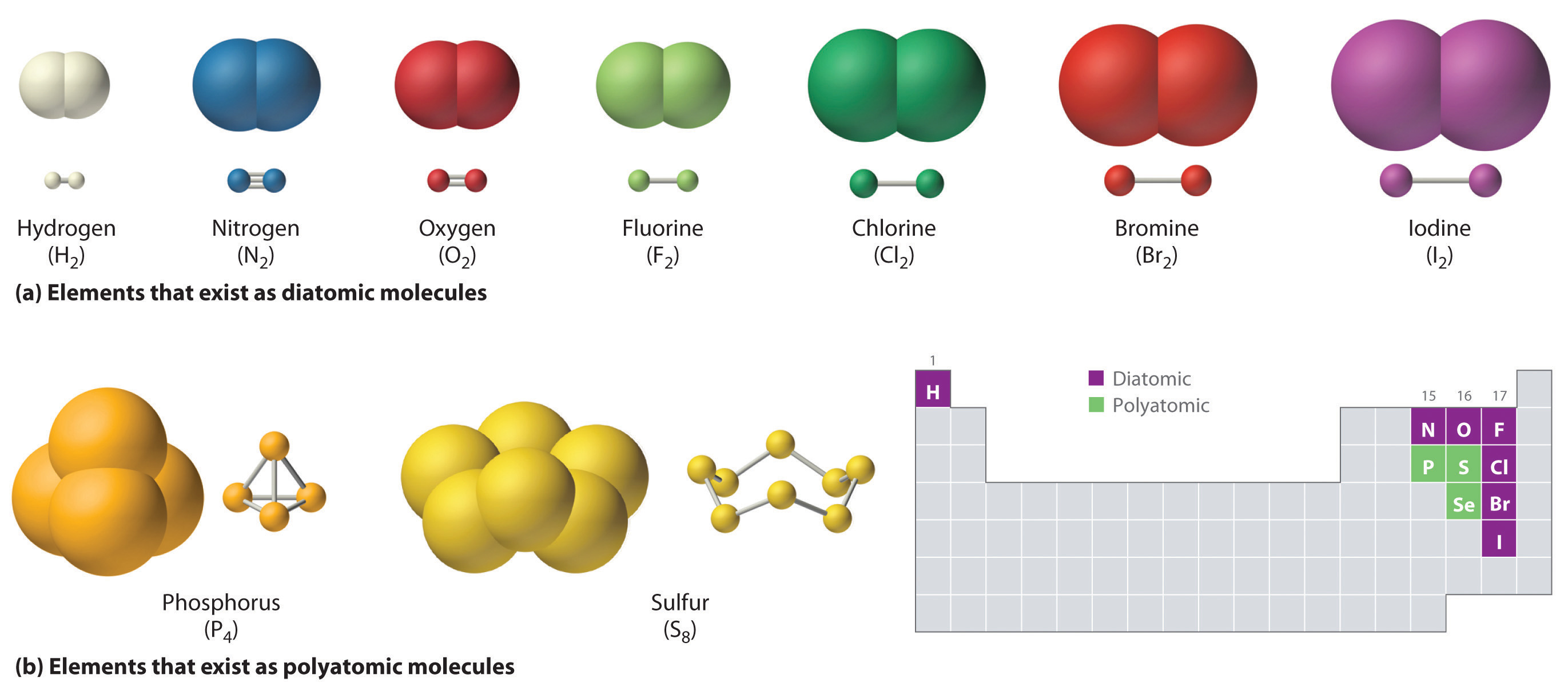What Forms When Two Or More Atoms Bond Together - Web a covalent bond is the force of attraction that holds together two atoms that share a pair of valence electrons. Web a more or less stable grouping of two or more atoms held together by chemical bonds is called a molecule. (1) covalent bonding, in which electrons are shared between atoms in a. Web there are two idealized types of bonding: Web not all ionic compounds are formed from only two elements. Many polyatomic ions exist, in which two or more atoms are.
Web not all ionic compounds are formed from only two elements. (1) covalent bonding, in which electrons are shared between atoms in a. Web a more or less stable grouping of two or more atoms held together by chemical bonds is called a molecule. Web a covalent bond is the force of attraction that holds together two atoms that share a pair of valence electrons. Many polyatomic ions exist, in which two or more atoms are. Web there are two idealized types of bonding:









